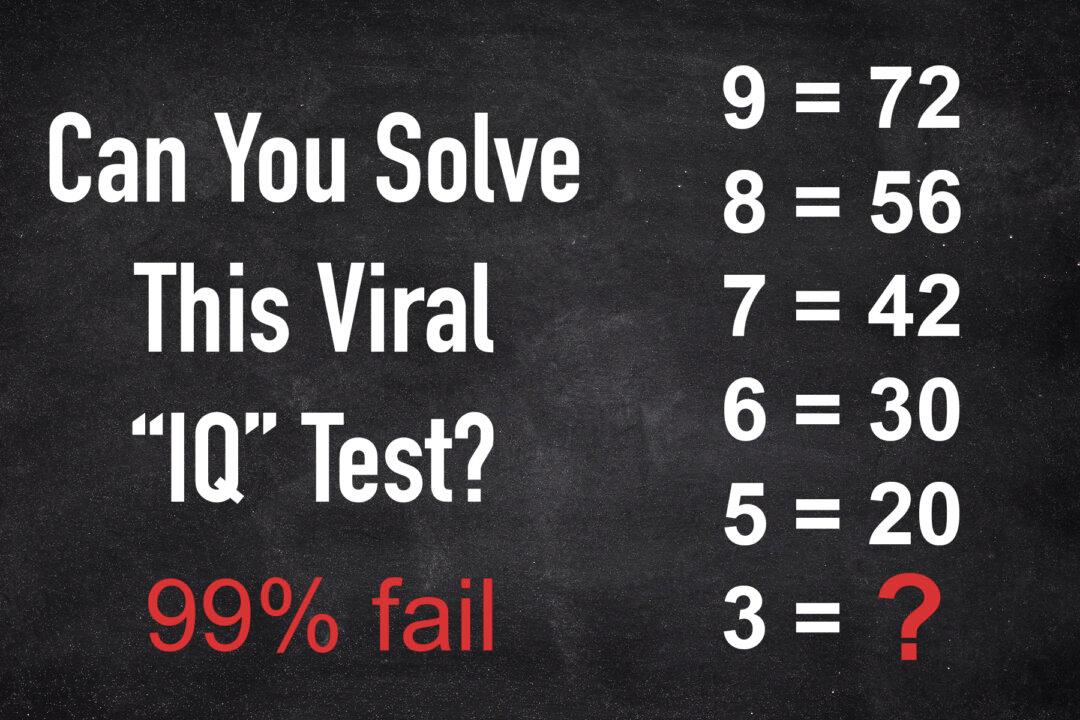These days, calculators on smartphones and watches have made much of the work of math disappear for many people, but the basic ability to think through an old-fashioned math puzzle can keep the brain sharp and help in everyday decisions. After all, knowing math means understanding how to spend and save money, and that’s something we all need.
To sharpen your wits, you can take on a puzzle that has had the whole internet, math nerds included, arguing over. It looks deceptively simple, a countdown from 9 to 3 on the left side. This downward progression on the left is accompanied by another series on the right that also descends in a pattern of some sort.




